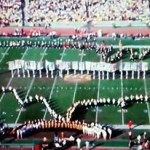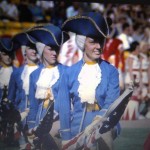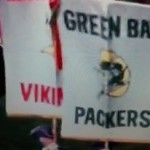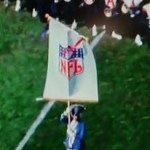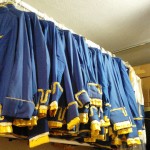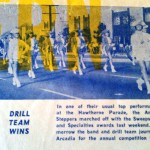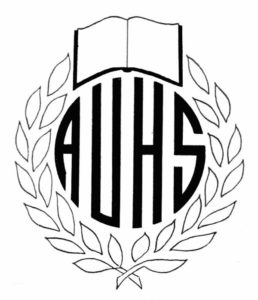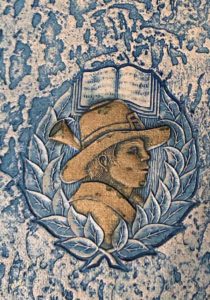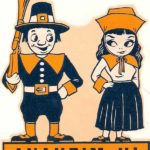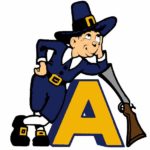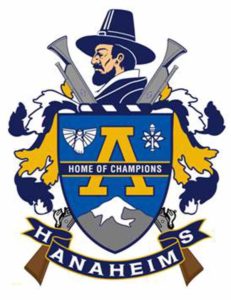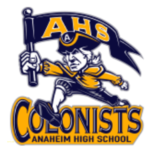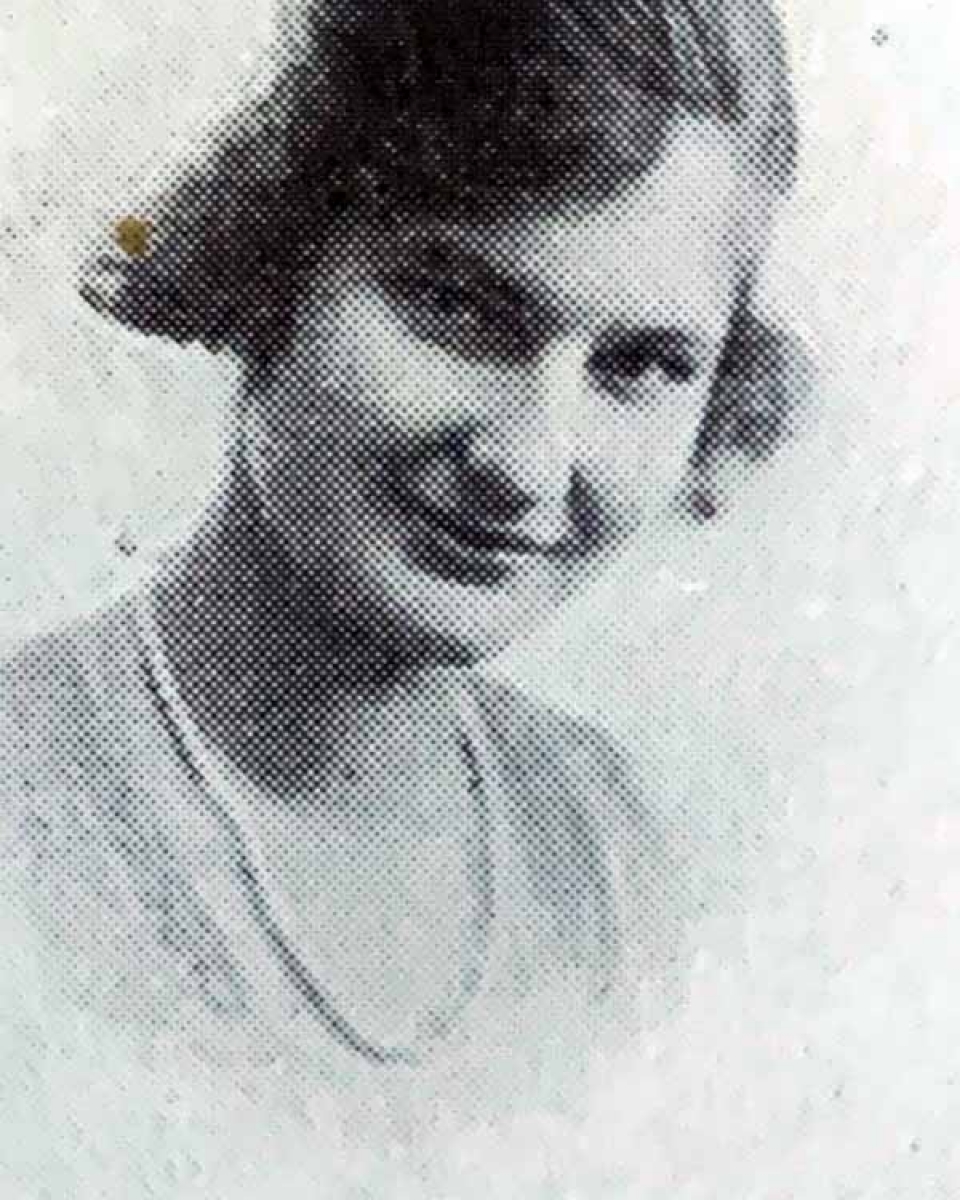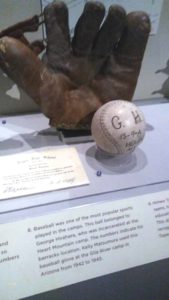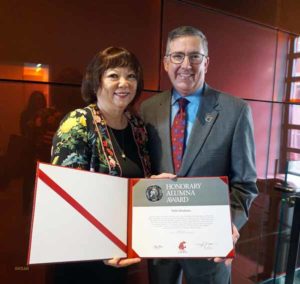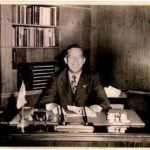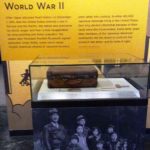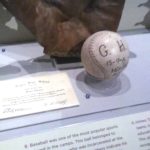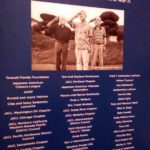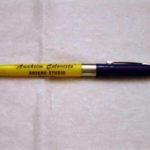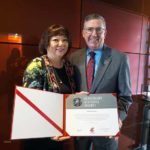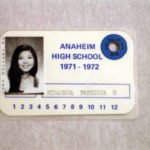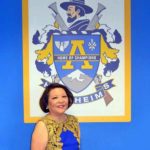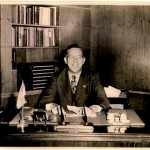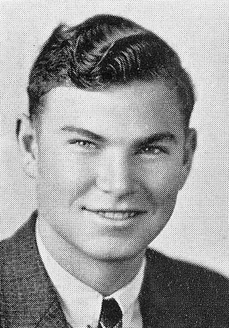 The remains of Class of 1937 Colonist John F. Minogue, who had been listed as missing in action since 1943, were return home for burial after being identified in 2022. He was buried April 20, 2023, next to his mother, Pearl Thessie Minogue Miller, at Loma Vista Memorial Park in Fullerton.
The remains of Class of 1937 Colonist John F. Minogue, who had been listed as missing in action since 1943, were return home for burial after being identified in 2022. He was buried April 20, 2023, next to his mother, Pearl Thessie Minogue Miller, at Loma Vista Memorial Park in Fullerton.
On Aug. 1, 1943, 2nd Lt. John F. Minogue, age 24, was shot down over Romania. But for nearly 80 years, he was among the fallen troops who could not be identified at the time.
Born May 1, 1919, Minogue played football for Anaheim Union High School and attended Fullerton College after graduating from AUHS in 1937. A Gold Star Flag was displayed in the window of his home at 506 Claudina Street, where he had lived with his mother until moving to Richfield, CA, 550 miles north of Anaheim, sometime before enlisting in the Army Air Corp on May 20, 1941.
By the end of 1941, Minogue earned his Army wings of gold and was sent to Europe. In the summer of 1943, he was assigned to the 328th Bombardment Squadron (Heavy), 93rd Bombardment Group (Heavy), 9th Army Air Force.
On Aug. 1, 1943, the B-24 Liberator bomber named “Euroclydon The Storm,” on which Minogue was co-pilot, was hit by enemy anti-aircraft fire and crashed during Operation Tidal Wave, the largest bombing mission against the oil fields and refineries at Ploiesti, north of Bucharest, Romania.
Piloted by Lt. Enoch Porter, “Euroclydon The Storm” was part of the first wave of the mission and was positioned as lead aircraft left wing. The bomber took a direct hit and was seen attempting to climb to 300 feet. The plane broke in midair before crashing in flames over a school at Plopu. Of the 11 crewmembers, three were taken POW, the bombardier bailed out but his parachute failed to open, and it is believed that two gunners also jumped with failing chutes. Five bodies were never recovered, and only two crew were initially identified.
More than 500 airmen died in this mission, and 54 planes were lost. All of the 93rd Bombardment Group earned the Presidential Unit Citation. Minogue was awarded, posthumously, the Distinguished Flying Cross for his role. He was also awarded an Air Medal and Purple Heart.
Minogue’s remains were buried as “unknown” in the Hero Section of the Civilian and Military Cemetery of Bolovan in Romania.
Following the war, the American Graves Registration Command (AGRC), the organization that searched for and recovered fallen American personnel, disinterred all American remains from the Bolovan Cemetery for identification. The AGRC was unable to identify more than 80 unknowns and those remains were permanently interred at Ardennes American Cemetery and Henri-Chapelle American Cemetery, both in Belgium.
In 2017, the Defense POW/MIA Accounting Agency (DPAA) began exhuming the remains of those believed to have died in Tidal Wave in an effort to identify them and, in August 2022, Minogue was announced as successfully named.
Minogue’s name is recorded on the Tablets of the Missing at the Florence American Cemetery, an American Battle Monuments Commission site in Impruneta, Italy, along with others still missing from WWII. A rosette will be placed next to his name to indicate he has been accounted for.
Euroclydon The Storm Crew
1Lt Enoch M. Porter Jr. – Pilot
2Lt. John F Minogue – Co-Pilot
Raymond P. Warner – Navigator
1Lt Howard Dickson
Fl. Of. Joe E. Boswell
1st/Lt. Jesse D “Red” Franks, Jr
T/Sgt.Frank C Ferrel
TSgt Bernard R Lucas
SSgt Earl L. Frost

